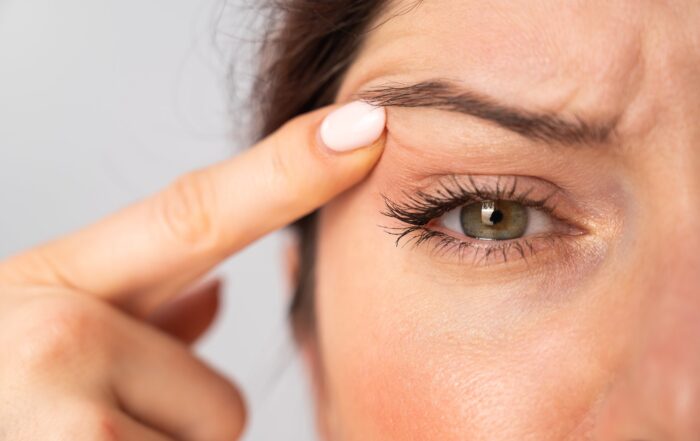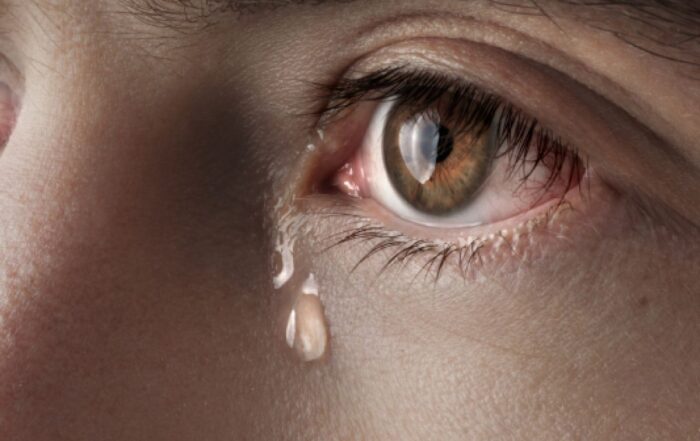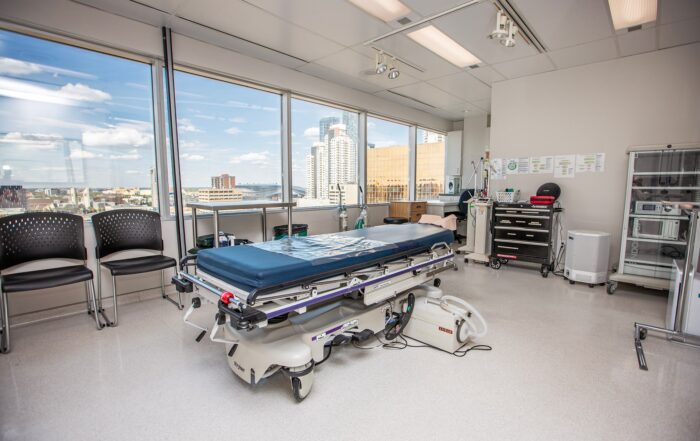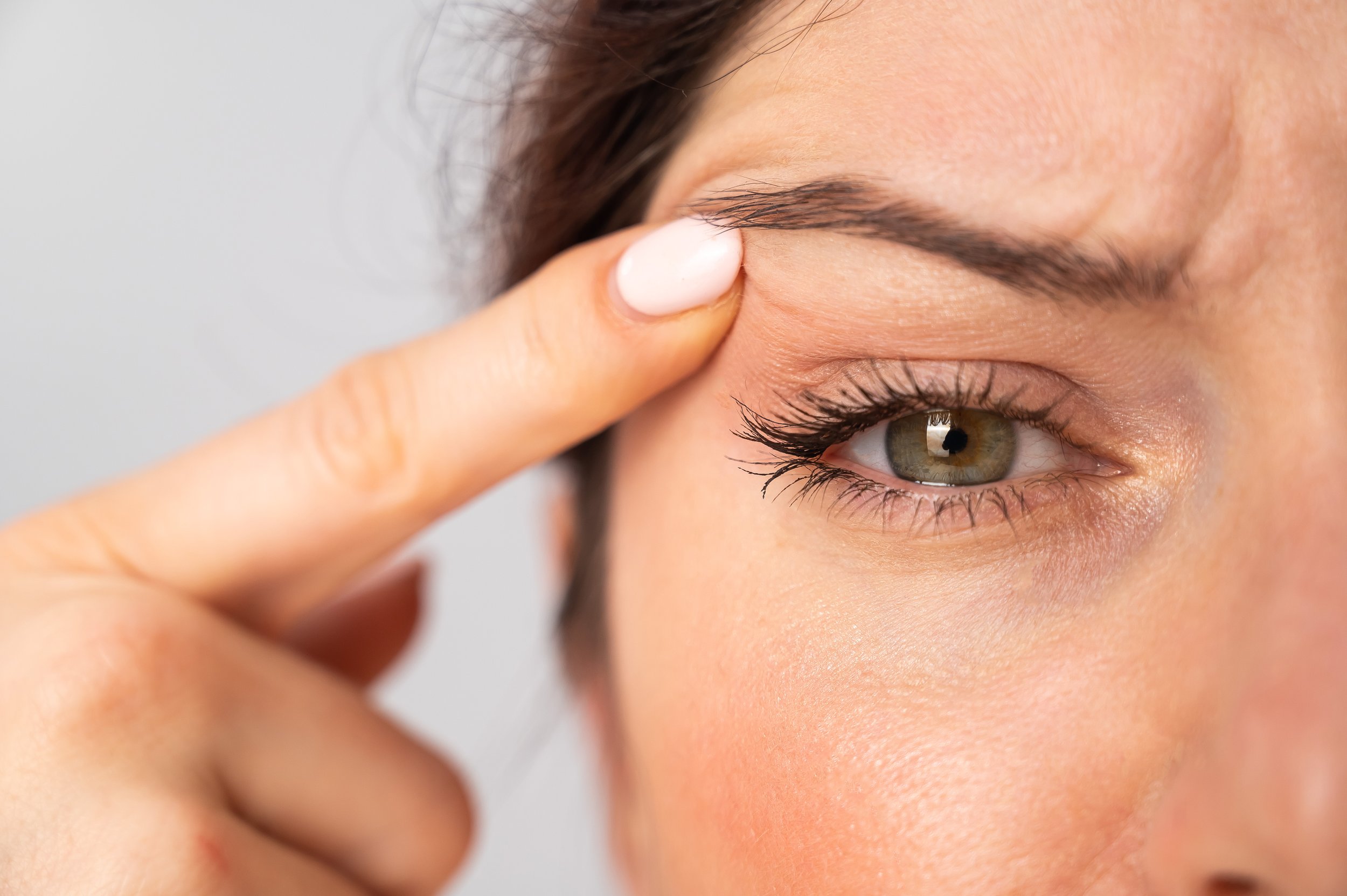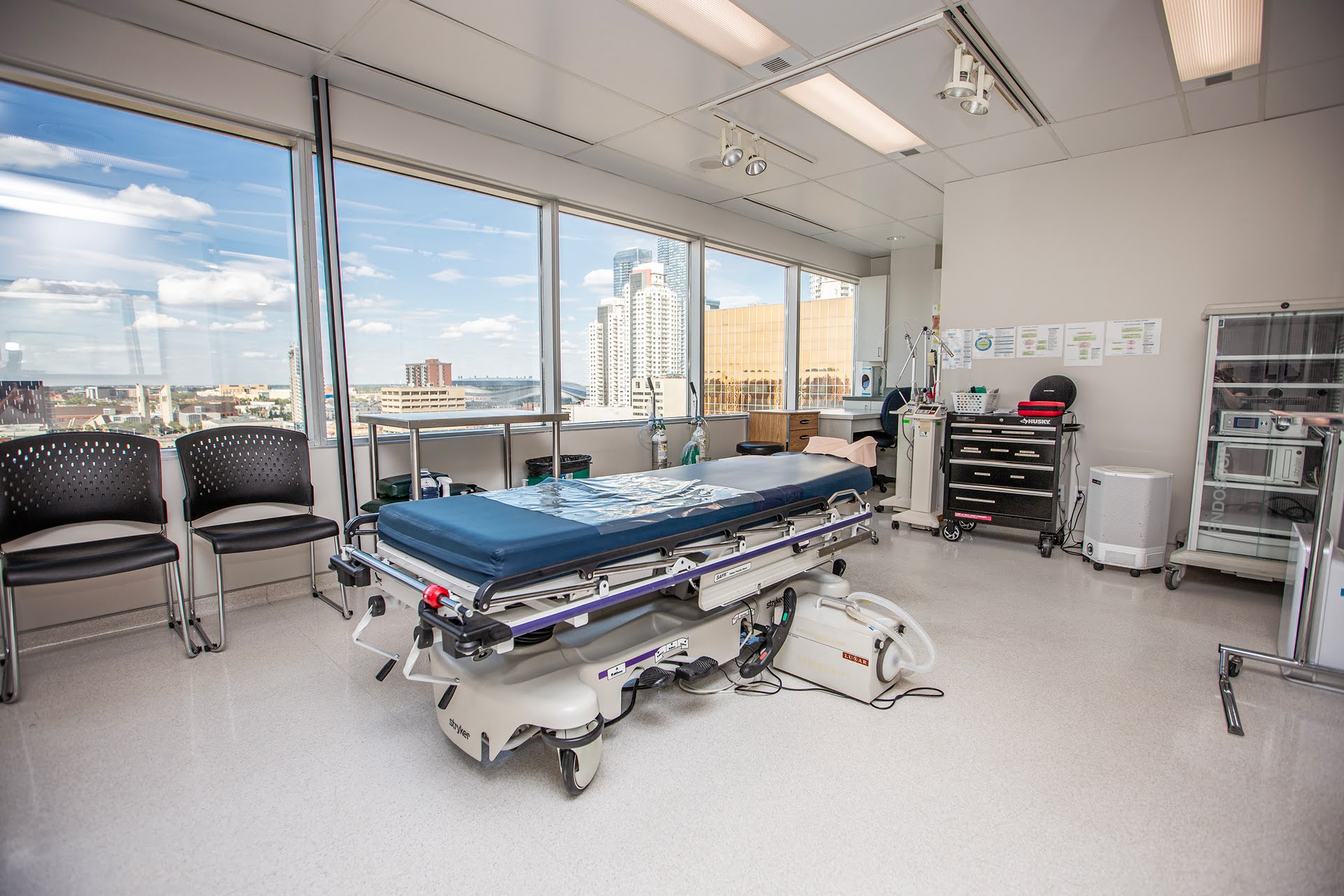Treating Tearing and Blocked Tear Ducts: Everything You Need to Know About Lacrimal Surgery
Do your eyes water constantly, even when you’re not emotional or exposed to wind? Excessive tearing, known as epiphora, is a common yet often frustrating condition that can interfere with daily life. In many cases, the culprit is a blocked tear duct—a problem that can usually be resolved with the right treatment.
In this blog, we’ll explain how the nasolacrimal system works, what happens when it becomes blocked, and how lacrimal surgery can restore comfort and normal function.
How the Tear Drainage System Works
Your eyes are constantly producing tears to lubricate and protect the surface of the eye. After washing across your eye, tears normally drain through tiny openings called puncta, located at the inner corners of your eyelids. From there, tears pass through:
- The canaliculi
- The lacrimal sac
- Down the nasolacrimal duct
- Into the nose
When any part of this drainage pathway is blocked, tears overflow onto the face—causing chronic watering, irritation, and even infection.
Symptoms of Tear Duct Obstruction
Signs of a blocked tear duct may include:
- Persistent tearing
- Blurred vision due to watery eyes
- Mucus discharge or crusting around the eye
- Swelling or tenderness near the inner corner of the eye
- Recurrent eye infections or dacryocystitis (infection of the lacrimal sac)
If left untreated, a blocked tear duct can worsen over time, making early diagnosis important.
How Is a Blocked Tear Duct Diagnosed?
At Edmonton Eyelids, diagnosis begins with a thorough examination by one of our fellowship-trained oculoplastic surgeons. This includes:
- History and Physical Exam: To assess your symptoms and identify visible signs of blockage.
- Tear Drainage Testing: Your doctor may perform tests such as the dye disappearance test or irrigation and probing to confirm and locate the obstruction.
- Imaging: In select cases, imaging (like dacryocystography or CT scans) helps assess complex obstructions or related sinus issues.
Treatment Options: Non-Surgical and Surgical
Non-Surgical Treatments
- Observation: For mild cases, no immediate treatment may be needed if symptoms are minimal.
- Warm Compresses and Massage: Can help open partial blockages, especially in infants.
- Medications: Antibiotics may be prescribed if infection is present.
However, for most adults with a significant or long-standing blockage, surgery is typically the definitive solution.
Surgical Treatments
Dacryocystorhinostomy (DCR):
This is the gold-standard procedure for blocked tear ducts. It creates a new drainage passage between the lacrimal sac and the nasal cavity, bypassing the obstruction.
- External DCR: Involves a small incision near the side of the nose. This method offers excellent success rates (over 90%).
- Endoscopic (Internal) DCR: Performed through the nostril without external incisions. This may be preferable for certain patients, though not always suitable for all cases.
Punctoplasty and Canalicular Surgery:
For blockages in the puncta or canaliculi (closer to the eyelid margin), procedures can widen or reconstruct these drainage channels.
Stenting or Balloon Dilation:
In some cases, small stents or balloon catheters are used to maintain the tear drainage pathway after it’s been opened.
What to Expect After Lacrimal Surgery
Most lacrimal surgeries are performed on an outpatient basis with local anesthesia and sedation. Recovery is usually straightforward:
- Mild swelling and bruising around the eye and nose are common and resolve in 1–2 weeks.
- Nasal congestion may occur for a short period if the nasal passage was involved.
- Follow-up visits are essential to monitor healing and remove any stents, if used.
Are There Risks?
Lacrimal surgery is generally very safe, especially in experienced hands. As with any surgery, potential risks include:
- Infection or bleeding
- Scar formation
- Failure of the new drainage pathway to remain open (rare)
Our dual board-certified oculoplastic surgeons are highly trained to minimize risks and manage any complications if they arise.
The Bottom Line
Excessive tearing isn’t just a nuisance—it can affect your vision and quality of life. The good news is that most cases of blocked tear ducts can be successfully treated with lacrimal surgery, restoring normal tear drainage and comfort.
If you’re struggling with persistent tearing or think you might have a blocked tear duct, contact Edmonton Eyelids today to book a consultation. We’re here to help you see—and feel—your best.
Contact Us
Have a question? Whether you are seeking information, consultation, or just curious about improving eye health, we’re here to provide expert care tailored to your individual needs. Contact us today!
Explore Recent Posts
Ptosis (Droopy Eyelid) Repair: When Is It Medically Necessary and What Are the Options?
A droopy eyelid may seem like a minor cosmetic concern, but in many cases, it can affect vision and overall eye health. This condition—called ptosis—is [...]
Treating Tearing and Blocked Tear Ducts: Everything You Need to Know About Lacrimal Surgery
Do your eyes water constantly, even when you're not emotional or exposed to wind? Excessive tearing, known as epiphora, is a common yet often frustrating [...]
Eyelid Surgery (Blepharoplasty): What to Expect Before, During, and After Your Procedure
Eyelid surgery, also known as blepharoplasty, is one of the most popular facial procedures today, offering both cosmetic enhancement and medical relief. Whether you’re noticing [...]
